The patronage of and programming for art museums is a visible functionality of collective education. But it also facilitates a public chronological categorization of human expression. Institutions serve as repositories of a shared heritage that, hopefully, will live beyond the artworks themselves in the hearts and minds of a perpetual audience. It is a heavyweight, but it is perhaps no better understood than by the curators and collectors who take on symbiotic responsibilities of conservation. When goals are aligned, partnerships can result in thoughtful presentations of who the collective is in the present, and from whence they came. This mission is the understructure of the Brooklyn Museum’s Giants: Art from the Dean Collection of Swizz Beatz and Alicia Keys. It’s a debut exhibition of holdings from celebrity musicians and art enthusiasts.
The works of Gordon Parks, Jean-Michel Basquiat, Lorna Simpson, Kehinde Wiley, Nina Chanel Abney, and other central Black contemporary artists—cultural giants per the thesis of the show—are materially reconceptualized outside of their function within a personal collection and offered up in a dialogue the public is implored engage in. The simultaneous capacities of fashion, music, and spatial design are engaged to create a multisensory offering to the Black Brooklyn audience that distinguishes the museum from many of its high-art institutional peers.
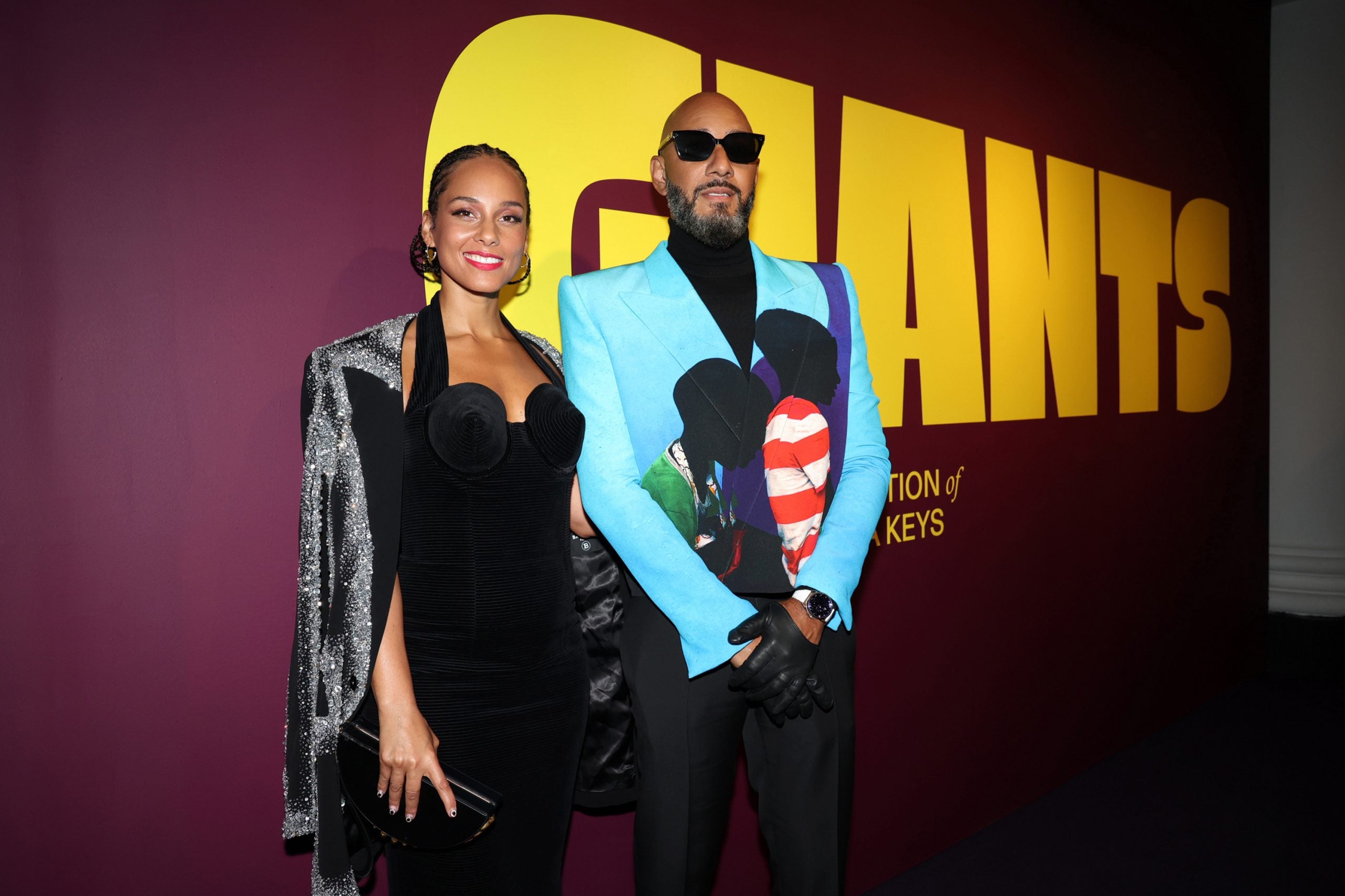
Alicia Keys, Kasseem “Swizz Beatz” Dean, and the Brooklyn Museum curatorial and merchandising teams understand that this audience, and by extension their role, is vital in the landscape of a changing, self-reflexive city. The exhibition, and what viewers can take with them as the result of this intentional work of these teams, is a reflection of what dynamic arts programming can look like.
Grounding the “Giants” organizing principle was the core mission of Dr. Kimberli Gant, curator of modern and contemporary art at the Brooklyn Museum. With over 20 years of exhibition experience, Dr. Gant is concerned with the language of dynamic objects and the commentary they generate. To make the collection communicable to museum audiences in a way they would connect with, it was important, Gant felt, that the Deans speak to their intention in their own words. “It was a bit of a kind of push and pull where I am on one end asking which layers and ideas can I pull from the idea of ‘giants’ to think about these works cohesively,” Dr. Gant tells ESSENCE.com. She says she was analyzing the artworks while simultaneously threading a chronology of motifs in the private collection.
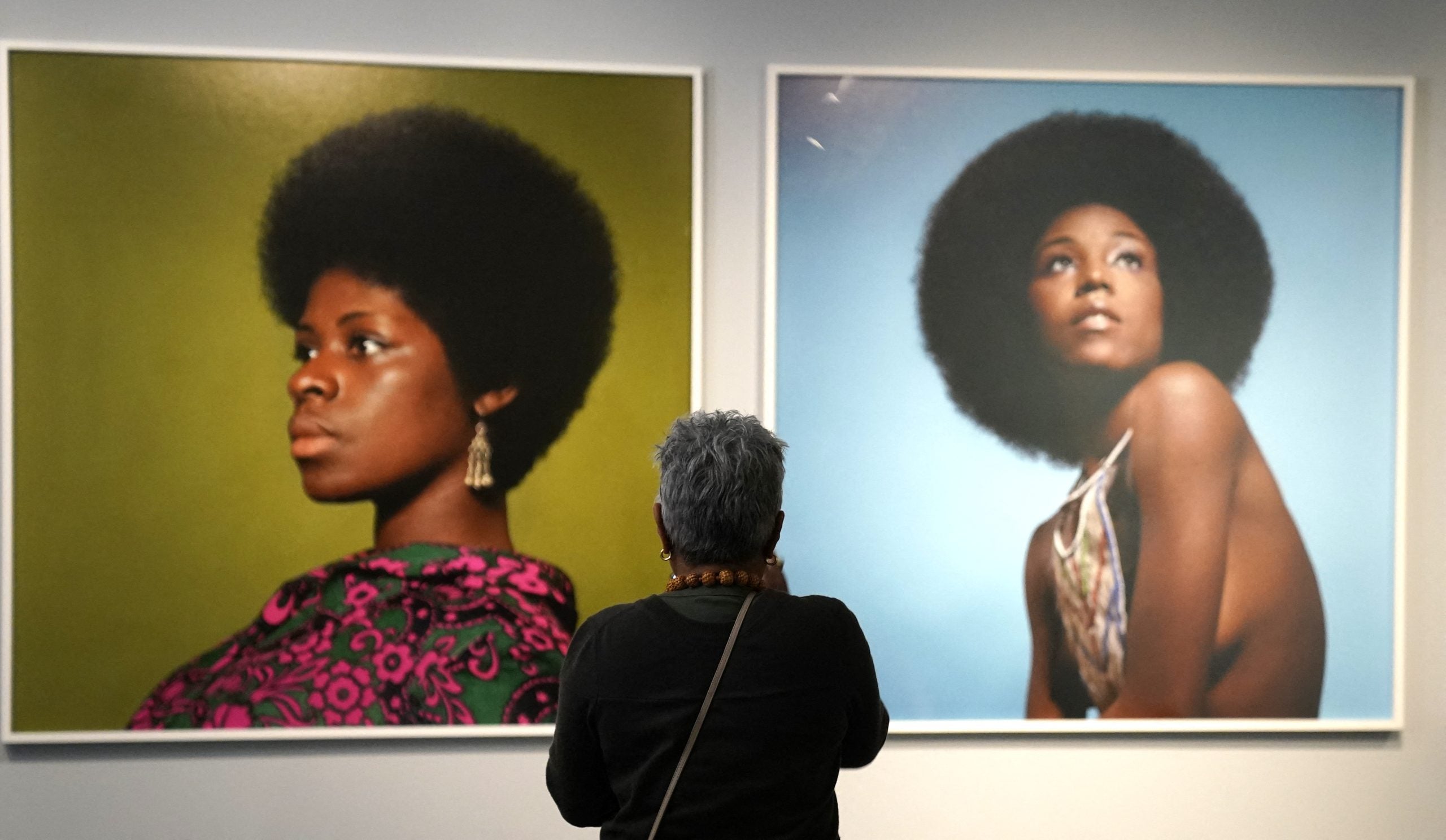
The artworks serve as persuasive evidence in the central claim that the featured Black artists formulate an essential history and anticipated future. Keys and Swizz Beatz ideated the “Giants” title, but beyond that entrusted the curatorial and operational teams to weave their assertions about the Black contemporary arts. Though tenured collectors, this was the couple’s first foray into a museum exhibition, and they deliberately sought out informed Black voices to present their decades-long labor of love in the best light.
“[The Deans] wanted to make sure this was the best show possible,” Dr. Gant shared. She also says that the couple gave The Brooklyn Museum free reign to add their thoughts where they felt strongly about certain topics. “It was an organic process with a lot of learning from both sides.”
Key stakeholders in this relationship represented multiple spheres of the creative industry—music, fashion, and visual arts—and Dr. Gant took it upon herself to amplify their intersections as part of the curatorial approach. The result was a story-driven experiential showcase that sacrifices no detail in the artwork’s cohesion or spatial flow.
As the development process continued, the overlapping spheres of the artist-purveyor-curator dynamic became a work of its own. The Deans were indicative of a zeitgeist of overlap in the art world that initiated a new era of collectors and patrons. To those with insider knowledge–brokers, auctioneers, fellow celebrities–the scale of the Dean collection was known. The museum world, however, and the art world at large were largely being launched into this space of neo-collectors bending presumptions of who is who in this space. After all, this is a world that relies heavily on conversion, privacy, and discretion, often beckoning new participants through intimate relationships. Though they carry the unique benefit of independent wealth, the Deans demonstrate a shift towards a different era of fine art collectors.
“You have the art world as a conduit to the private collectors, who are then connected with the museums,” Dr. Gant said. “I think they have their world where they know what they’re doing, but may not yet have been connected with the institutional museum side there. I think the gallery world is the overlapping structure.”
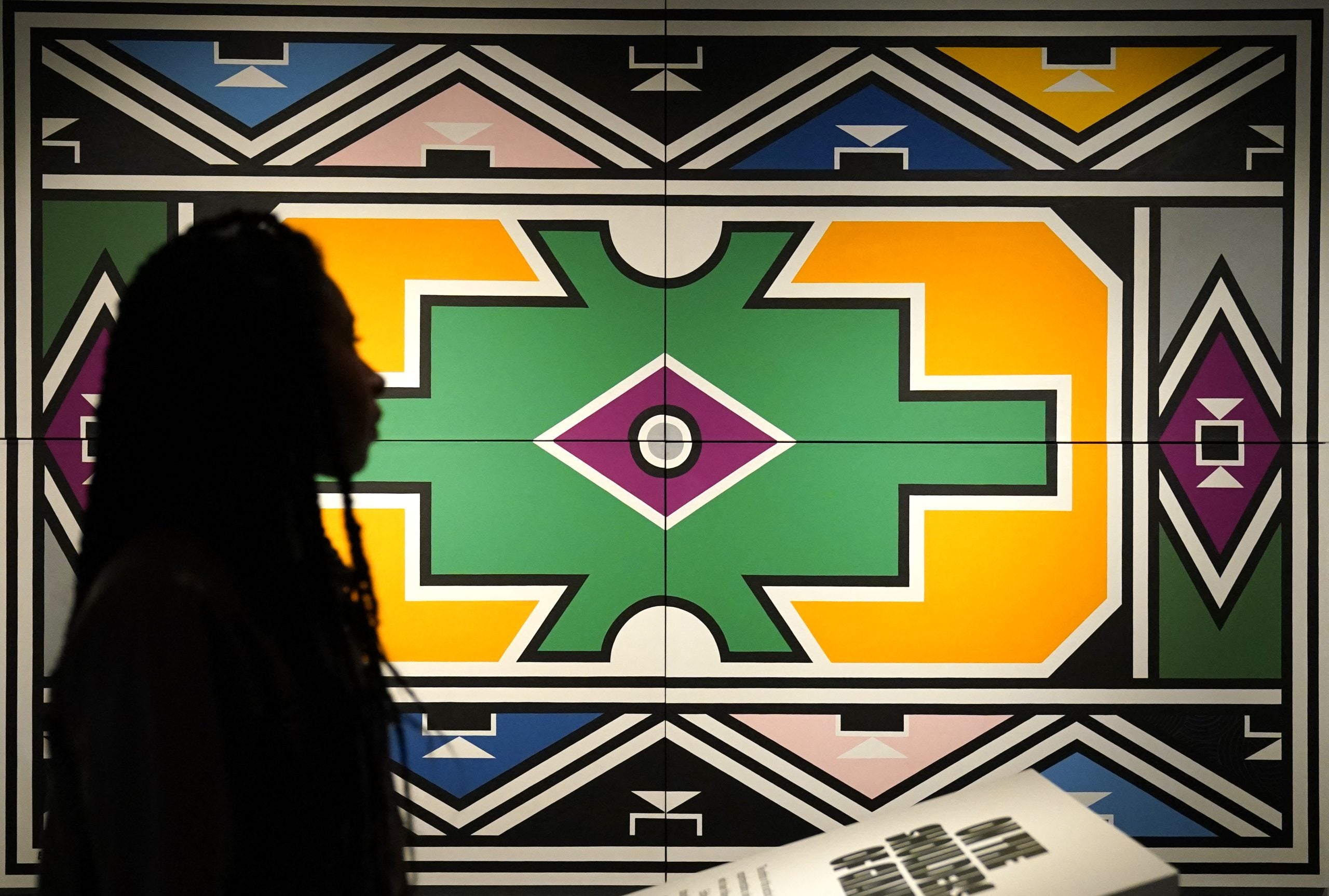
Making the public aware of the Deans’ long-term approach to institutional art access promotes a multi-faceted approach to this generation’s conception of collectors, wealth, and the ability to exhibit at a high institutional level. In 2023, “The Book of HOV” installation at the Brooklyn Public Library, and the previous Brooklyn Museum contemporary exhibit Spike Lee: Creative Sources showcased ephemera of highly visible and in many ways, relevant Black cultural figures.
The assertion of one’s images and material archive as being a form of fine art raises certain possibilities in how prominent Gen X entertainment industry stakeholders will influence visual topographies in the future. Not only are they artists in their respective fields, but they are also the ones affirming what qualifies as visual art down the line by the sheer scope of their range and access to evolving curated spaces. Notably, the Brooklyn Museum is uniquely positioned to raise those questions innovatively.
Establishing A Space Between The Old And New Guards
As tastes change, cultural institutions, be they dance companies, theaters, or art museums, must adapt to ensure their continued relevance. Audiences grow older, shift ethnically, and evolve in political expectations of the establishments they patronize. In various ways, museums are attempting to connect with a nonstatic society while also providing stability to an inherently fluid art landscape. This means a new approach to philanthropy and sustained attention. An area where the Brooklyn Museum excels is in its keen self-awareness which manifests in sharp and effective outreach programming.
Their curatorial approach to handling the tapestries of diasporic Black cultural zeitgeists is further uplifted through thoughtful community partners, like Black-owned creative house Savant Studios. As a venerable institution at the nexus of tradition and innovation, the museum recognizes the need to stay attuned to the pulses of contemporary styles, where the voices and visions of the younger community resonate with an undeniable force and vitality.
Amber Luan, a product development and merchandise consultant at the Brooklyn Museum details the benefits of working with Savant Studios and its founder Michael Graham. “He has a pulse on creativity in Brooklyn and a big appreciation and love of art,” Luan said. “We brought him for a brainstorming session with the Deans team on Giants merchandise, and everything flowed from there especially because Swizz Beatz is also a huge fan of the brand.”
The museum has a history of working with local designers and brands and has confirmed that this approach is of high priority in its core retail strategy for 2024. “We want to focus and showcase the borough’s creativity,” Luan adds.
Translating Iconography
As a merchandising extension of the Giants show, the Brooklyn Museum teamed up with the Bedford-Stuyvesant design studio. The studio’s intentionality has elevated them to a cult status among Brooklyn’s emerging artistic enclave. Savant Studios was founded by Michael Graham in 2019 under the ethos of amplifying Black creative tradition at a localized level, lending to experimentation and collaboration.
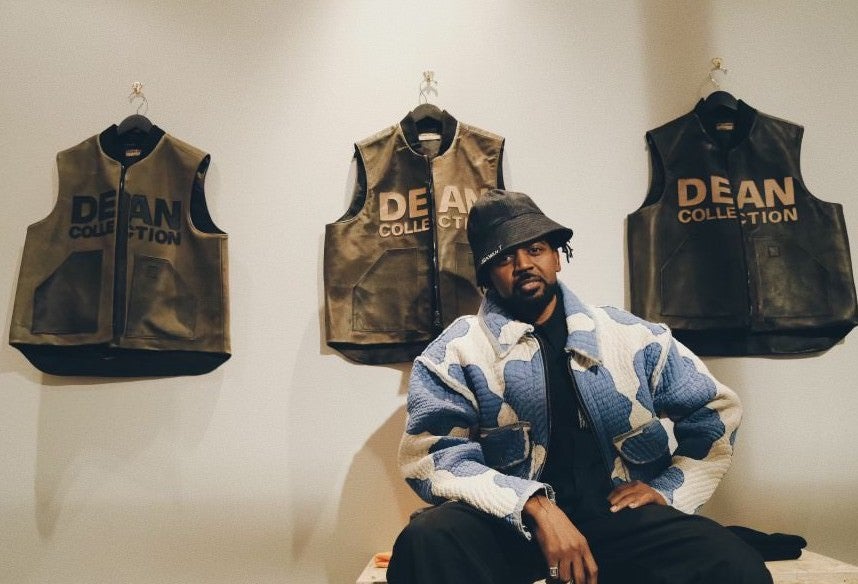
In theme with the exhibit, Michael and his creative team were tapped to design an exclusive capsule collection of sustainably produced apparel. “We [designed] and [put] things together keeping in mind the gravity of who would be coming to the show and seeing the works,” Graham said. He designed two iterations of a vest garment born from an idea for Savant’s bespoke artisanal line. Using the exhibit’s “Collect, Protect, Respect” motto, he produced a limited-edition leather vest intended for display and sale on the show’s opening night. Only seven vests were created, and on the evening of the opening, all participating artists in attendance signed their names on the outer lining of the garments. Swizz Beatz personally requested a vest and all other items have since been sold.
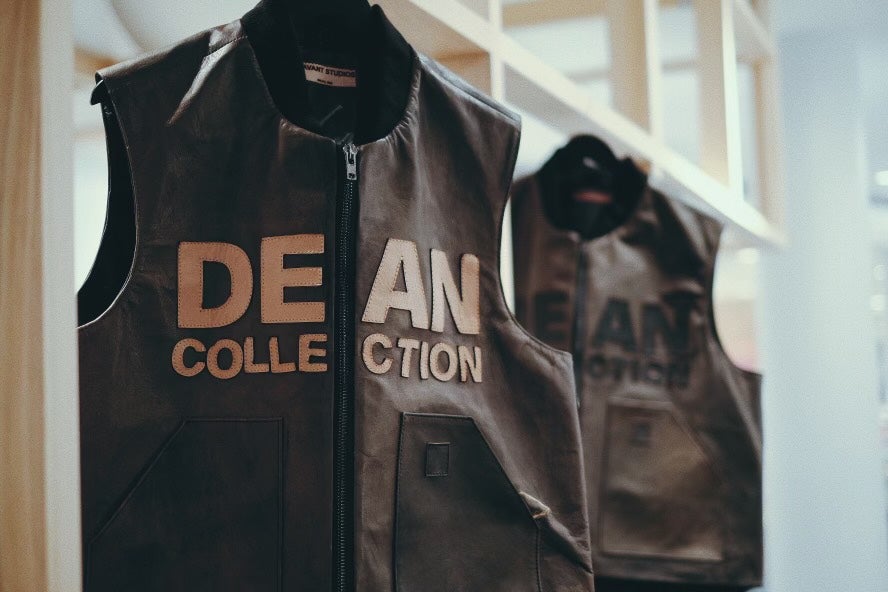
Seeing the popularity of the one-night releases, Graham decided to expand the design to a more accessible iteration to remain in the museum store for the duration of the show. The contextual hybridity of the pieces allows them to deeply fit the intention of the exhibit by embodying a timely expression and sartorial resonance.
When certain garments or fashion items capture the collective imagination and evoke deeper meanings beyond their practical function, as the Savant items did in the context of “Giants” they transcend the status of merchandise and become imbued with historical and personal significance. The channels of pop cultural influence and the endorsement of influential figures propel the garments, in this case, to a moment in subcultural iconography symbolizing the aesthetics of solidarity the museum is invested in.
Establish Then Share: The Dean Private Collection
The Deans have nearly three decades’ worth of acquisitions between them, dating some of their earliest individual art purchases to the late ‘90s. The timeline of their foray into the collection, particularly for the Deans, is paralleled to the timeline of their prolific careers in the music industry. At just 18, after the pivotal success of producing DMX’s 1998 mega-hit “Ruff Ryders’ Anthem,” Swizz Beatz began self-actualizing as an art collector, largely due to his observations as a first-time homeowner.
In a 2019 Art News profile by writer and curator Antwaun Sargent, Swizz Beatz reflected on realizing the social signaling at play when able to welcome guests into one’s home and greet them with visual art. He spoke on this earlier era, of class mobility, and watching people that he admired like his mentor, Clive Davis. Dean told Sargent then, “I wanted something on my walls. I wanted to impress Clive Davis when he came to my house.” Similarly, the timeline of the Dean-Keys romance has followed the intimate act of curatory exchange.
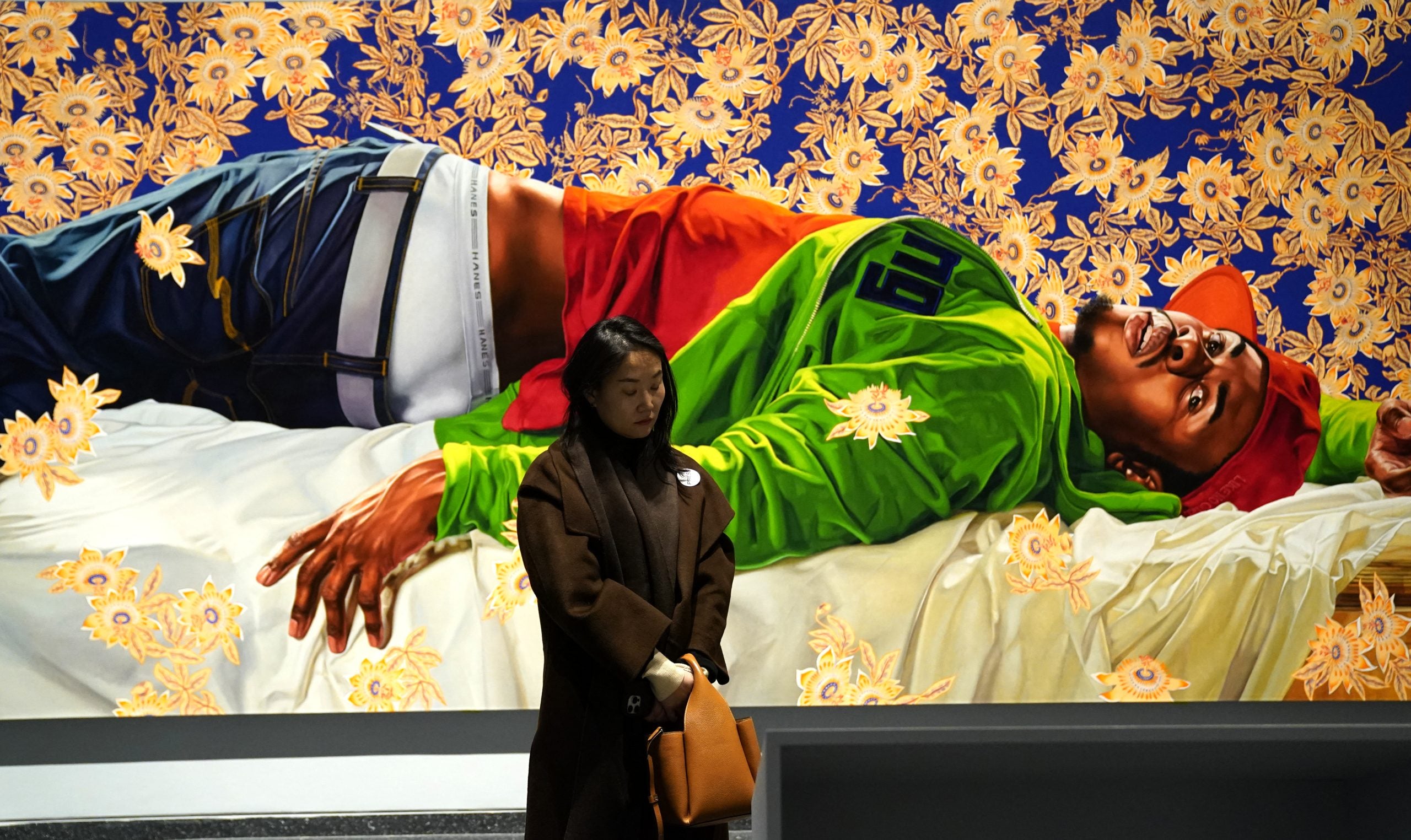
Early in their courtship, Dean famously purchased a piano with paint brushes for keys by the Russian-born, French Art Deco artist Erté for the Grammy-award-winning singer-songwriter. Years later, in the couple’s Fall 2021 Architectural Digest profile of their La Jolla, California beachfront property, Keys talked viewers through the sentimentality of watching her son play on another preserved archival piano positioned opposite a prominent Radcliffe Bailey, Henry Taylor books and the couple’s largest private collection of Gordon Parks photography. To own, loan, and share art, are central to the couple’s conceptualizations of transferral, be it between kin or community.
Dr. Gant offers an interpretation of this calling. “It’s not unachievable for anyone. The Deans do have particular funding sources, but any one of us can collect,” she said. “You don’t have to collect art necessarily if something else is more appealing. At the end of the day, it’s about living with objects that you love, and that will give you a sense of joy and thought daily,” she adds.







